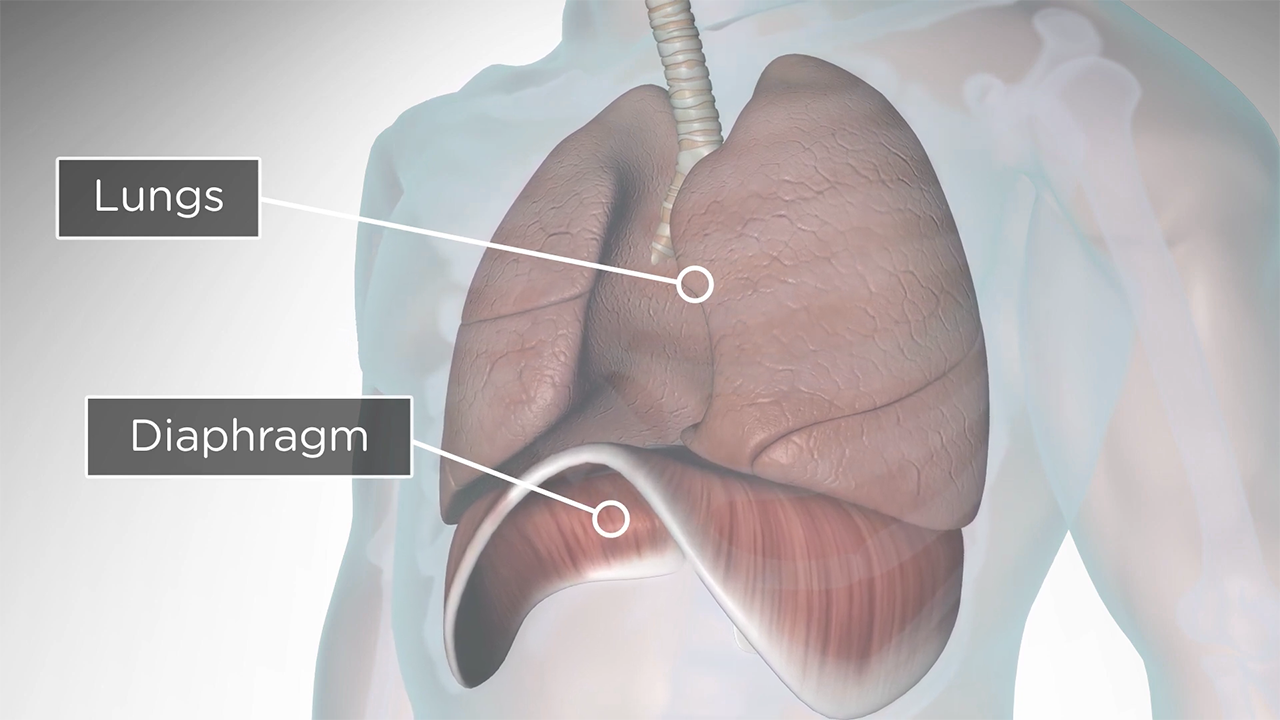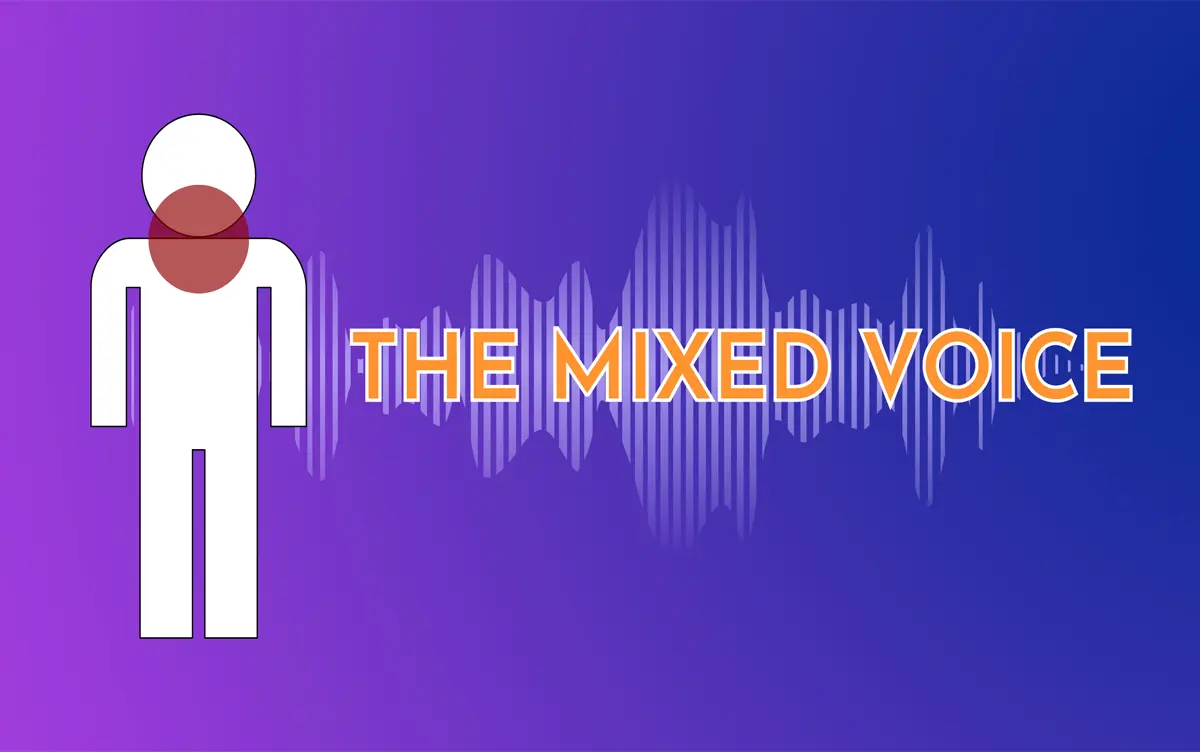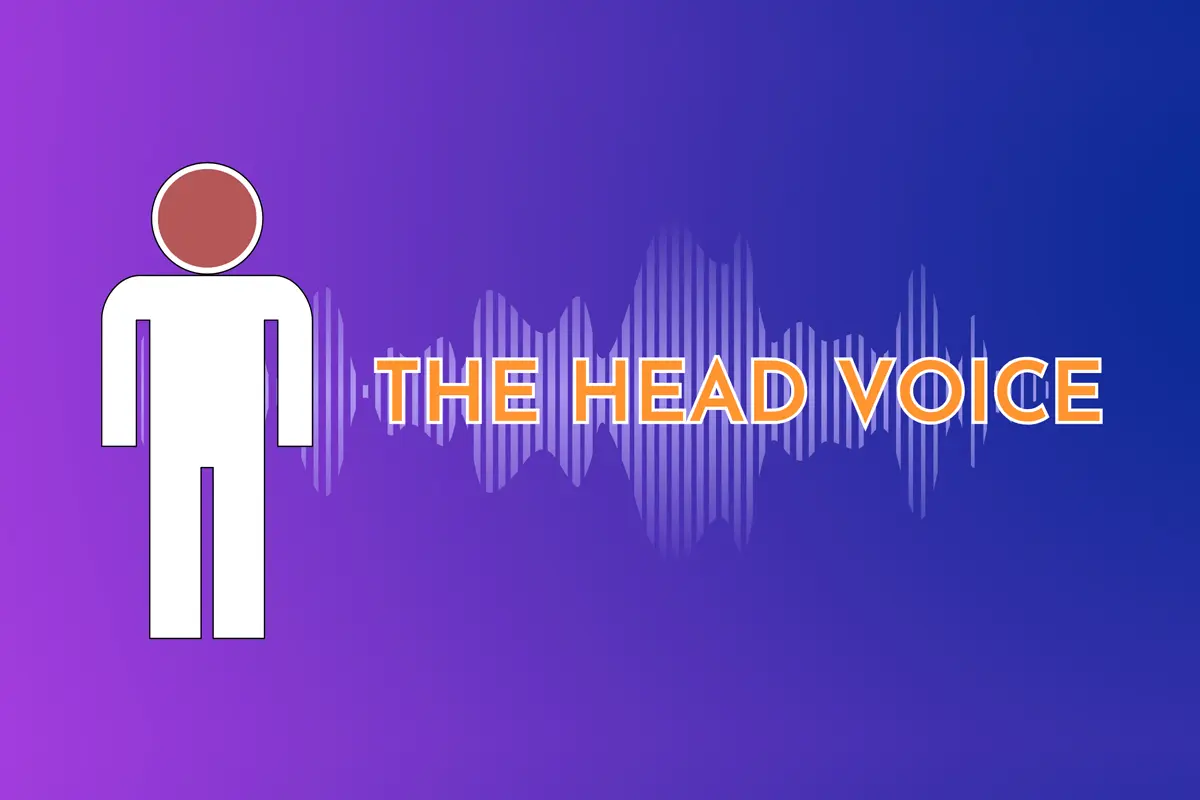How many times do you hear singers talk about the importance of vocal support? It’s a fundamental concept that is often discussed but not fully understood or mastered.
At SingingChannel.com, we understand the importance of proper vocal support in enhancing vocal performance.
So, what is vocal support? It refers to the proper technique of controlling and managing the outflow of air from the lungs during singing.
By mastering this fundamental technique, singers can unlock many benefits, including improved tone quality, increased vocal range, enhanced projection, extended endurance, greater control, and precision, reduced vocal strain, and heightened expressiveness.
Understanding What Is Vocal Support
It involves the coordinated effort of the diaphragm, abdominal muscles, and proper body alignment to regulate the steady release of air, which is essential for producing a consistent, controlled, and resonant vocal tone.
Here is an example of vocal support done correctly. Notice how the stomach area is lifted upward to create and sustain the notes.
The diaphragm plays a crucial role in vocal support by contracting and descending during inhalation, creating space for the lungs to fill with air.
During exhalation, the diaphragm and abdominal muscles work together to regulate the air pressure and flow, allowing singers to sustain notes and phrases with optimal breath control.
Proper vocal support for singing techniques enable singers to maximize air usage, improve tone quality, increase vocal range and projection, enhance endurance, and reduce strain on the vocal cords.
It is a fundamental skill for any singer aiming to develop a healthy, powerful, and expressive voice.
Proper posture is also essential for adequate singing support.
By maintaining an upright, aligned posture, singers create an optimal environment for the diaphragm and abdominal muscles to function efficiently, facilitating optimal breath control and vocal production.
Benefits of Proper Singing With Support

Mastering proper vocal support can yield numerous benefits for vocalists:
- Improved Tone Quality: With proper breath support, singers can achieve a clear, resonant tone with richness and depth. The controlled exhalation allows for optimal vocal cord vibration, resulting in a fuller, more resonant sound.
- Increased Vocal Range: Proper breath support enables singers to access their full vocal range with clarity and control. The consistent airflow and abdominal support allow for easier transitions between registers and a more effortless reach into higher and lower ranges.
- Enhanced Projection: Effective breath support provides the necessary power and support for the voice to project clearly and effortlessly in any setting, whether it’s a small room or a large auditorium.
- Extended Endurance: Proper singing support allows singers to sustain performances for extended periods without experiencing vocal fatigue by managing breath efficiently and reducing unnecessary muscle tension.
- Increased Control and Precision: With proper breath support, singers gain greater control over pitch, dynamics, and articulation. The consistent airflow and abdominal engagement enable precise vocal production, allowing nuanced expressions and technical mastery.
- Reduced Vocal Strain and Fatigue: Proper singing support helps prevent vocal injury and maintain vocal health over time by eliminating excessive tension and strain on the vocal cords. This technique promotes longevity and reduces the risk of vocal fatigue or damage.
- Enhanced Expressiveness: When singers have mastered breath support, they can convey emotion and nuances in their performances. The controlled airflow and reduced tension allow for greater artistic expression and the ability to infuse their vocals with depth and authenticity.
Developing Proper vocal Support
To develop proper singing with support, vocalists should focus on the following techniques and exercises:
Techniques:

- Diaphragmatic Breathing: Inhaling deeply through the nose while allowing the abdomen to expand and exhaling through the mouth while gently engaging the abdominal muscles. This technique ensures that the breath is controlled and supported by the diaphragm rather than relying solely on the chest muscles.
- Abdominal Engagement: Consciously engaging the abdominal muscles during exhalation to control the breath flow. Imagine a gentle inward pull of the navel towards the spine as you exhale, creating a controlled release of air.
- Posture: Maintaining an upright, aligned posture with the shoulders relaxed and the spine elongated. This alignment allows optimal diaphragmatic movement and abdominal engagement, facilitating efficient breathing and support.
Exercises:
- Breath Control Exercises: Practice controlled inhalation and exhalation while engaging the abdominal muscles. One effective exercise is “pant breathing,” where you inhale through the nose and exhale quickly through the mouth, focusing on engaging the abdominal muscles during exhalation.
- Sustaining Notes: Singing sustained notes while maintaining proper breath support. Start with shorter note durations and gradually increase the length, focusing on consistent airflow and abdominal engagement throughout.
- Vocal Range Exploration: Explore the entire vocal range while applying breath support techniques. Sing through scales or arpeggios, focusing on maintaining proper support and control as you ascend and descend through your range.
- Resistance Exercises: Place your hands on your abdomen and sing against gentle pressure to develop awareness and strength in the abdominal muscles used for support.
- Imagery and Visualization: Visualizing concepts like “singing from the belly” or imagining your voice riding on a steady stream of air can help reinforce the proper engagement of the support muscles.
Seeking Guidance:
Working with a qualified vocal coach can provide personalized feedback, instruction, and guidance on developing proper singing support.
A coach can identify areas for improvement, demonstrate proper techniques, and offer tailored exercises to help vocalists master this essential technique.
They can also provide valuable insights into body awareness, muscle engagement, and coordinating the various components of singing support.
Conclusion:
So, what is vocal support? If you have read this far, I hope you have found and fully understand the concept, techniques, and why it is essential to develop your singing voice.
We encourage vocalists to prioritize breath support in their practice and performances, as it serves as the foundation for a strong, healthy, and expressive voice. (Detailed guide on how to sing)
By consistently incorporating breath support techniques and engaging in targeted exercises, singers can experience remarkable growth and improvement in their vocal abilities.
Unlocking the power of proper singing support is a journey that promises to elevate your vocal prowess to new heights.
Our mission here is to help you reach your full vocal potential by providing the necessary resources and guidance.





